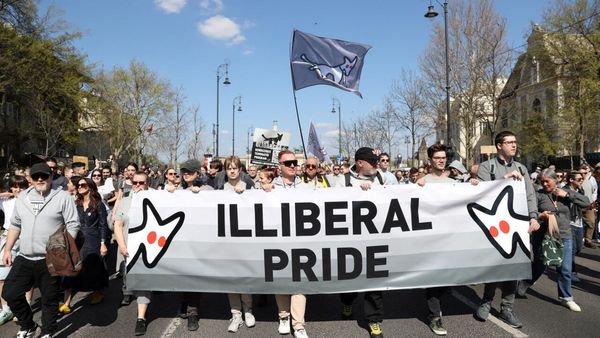
Good morning, Broadsheet readers! A new AI-powered index scores brands on inclusivity, childcare costs are on the rise, and these are the most powerful women to know in Asia.
- MPW Asia. Fortune’s Most Powerful Women list is a global ranking of top female executives around the world—but with only 100 spots, it's impossible to include every woman to know. That's one reason why Fortune’s Asia team has a new ranking of 100 women in the Asia-Pacific region: Most Powerful Women Asia.
Some of the names on this ranking will be familiar; the top 20 of this Asia list also appear on our global ranking, which published last week. In the No. 1 spot on the Asia list (and No. 10 on the global list) is Grace Wang, cofounder, chair, and CEO of the Shenzhen-based manufacturer Luxshare. The Apple supplier, which manufactures iPhones, Apple Watches, and AirPods, earned $32.8 billion in revenue in 2023.
Wang is followed by Helen Wong, group CEO of Singapore's Oversea-China Banking Corporation; Suntory Food and Beverage Makiko Ono, one of Japan's few female CEOs; Shemara Wikramanayake, managing director of Macquarie Group in Australia; and Mitsuko Tottori, the first woman to run JAL Group, the parent company to Japan Airlines.
Women on the MPW Asia list represent 11 countries. There are startup founders, like Canva cofounder and CEO Melanie Perkins and Xiaohongshu cofounder and president Miranda Qu (read more about her must-have app here). Thirteen of the 100 listees lead national or regional divisions of major global corporations—like Isabel Ge Mahe, Apple's vice president and managing director of Greater China, or Belinda Wong, chairwoman of Starbucks China.
These women have risen to the top despite very real challenges for women in the workforce. As Fortune editor Clay Chandler writes:
Asian firms lag Western counterparts by almost every meaningful measure of gender equality, including workforce participation, seniority, pay, and board representation. In China and India, the region’s two largest economies, the percentage of women in the workforce has declined steadily since the 1990s. South Korea and Japan have among the highest gender pay gaps of Organization for Economic Cooperation and Development nations. And while Malaysia leads the region in gender equality on corporate boards, with women accounting for 28.5% of directors and matching the global average, in Asia’s other major economies the percentage of women directors remains below 20%.
To learn more about the women to know across Asia's business world who have succeeded despite those obstacles, see the full list here.
Emma Hinchliffe
emma.hinchliffe@fortune.com
The Broadsheet is Fortune's newsletter for and about the world's most powerful women. Today's edition was curated by Nina Ajemian. Subscribe here.







